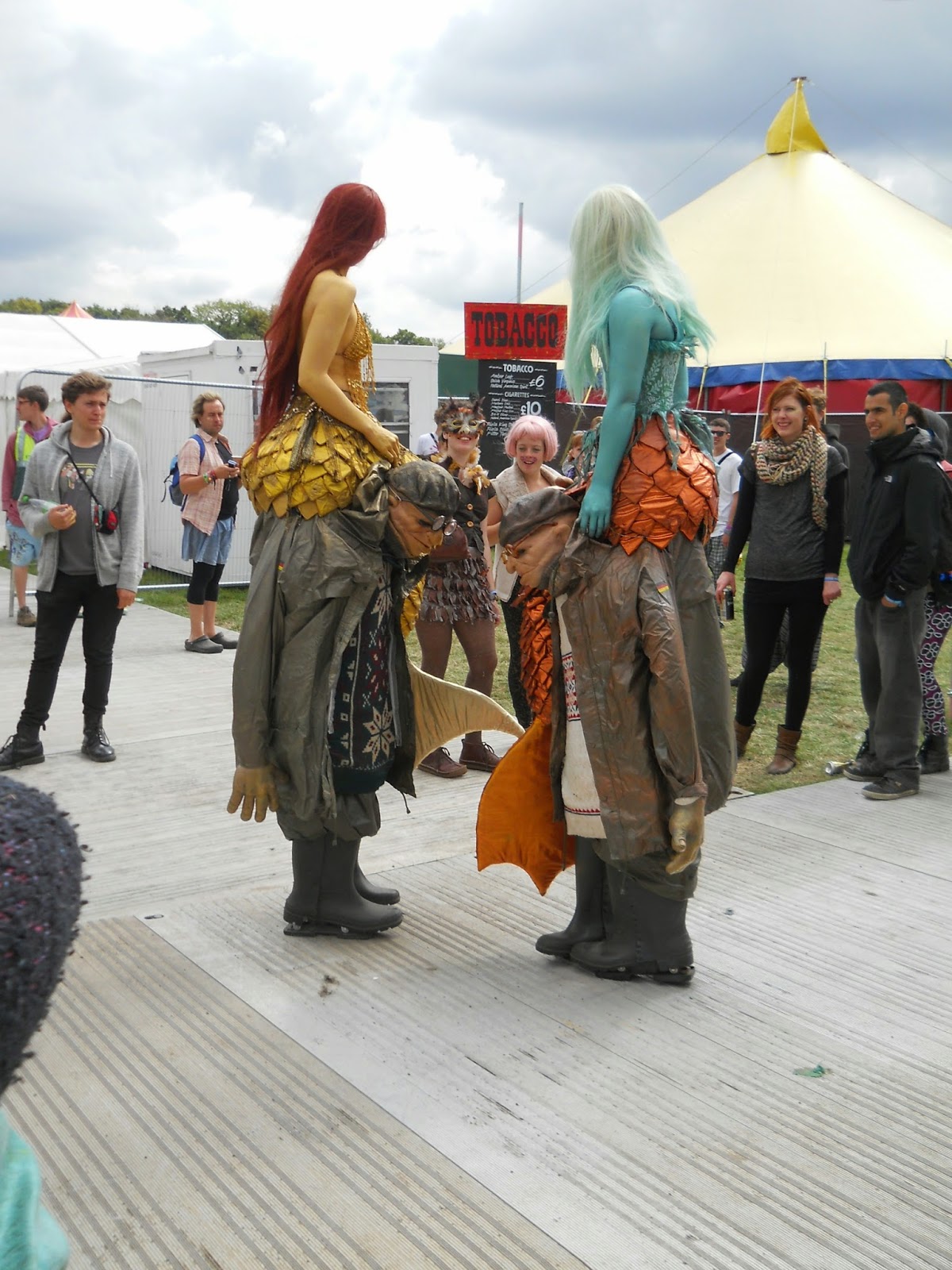Six turned and carved oak whisky bottles were in my studio, ready to be carved in bars in London with the logo of each establishment.
However, it turned out that only five bars were involved in the final project. I was sent their logos by Kirstie at
Material (the marketing company that had commissioned me). After digitally resizing them, I transferred the images using carbon paper onto the plinths.
The bars were all located around the Mayfair and Marylebone districts of London and were quite a mix; from a fun party bar, through a Lebanese restaurant to a very exclusive place with no sign and a doorman.
I set off on the first weekend very excited to see the first one but also a little nervous about carving live in front of (possibly drunk) people with a two hour time limit. The first establishment was called '
Match!' and was holding a beach party that night.
I was working with Donna, who was there to help talk to people (although when it comes to talking about woodcarving, I suspect she may have been required to help rescue them!) The staff made us welcome and we had some great chats with some of the customers.
At the end, the carved sculpture was left with the bar for them to use in promoting Naked Grouse whisky.
The next weekend, there were three venues to be visited. I was working with Nadine and Mark came to take photographs on the Friday evening. First was
Apres.
It was quite early and the bar was pretty quiet. Mark did get some great photos though and both he and Nadine were good fun to work with.
Normally, I'd use a range of traditional lettercutting tools for lettercutting; fishtail gouges, woodcarver's chisels etc. I did feel, however, that a large selection of tools might have been a bit vulnerable in bars (that I'd never been to before) and while being carried around town from hotel to venue and back after dark. Fewer tools also meant they didn't get spread about and that they were easier to keep an eye on, which made things safer for me and others in the bars too.
Most of the carving at these demonstrations was done with
'V' tools, to produce a good standard of work fairly quickly and leave time to chat to people who might be interested in what was going on. A small bullnosed number 3 gouge also came in useful for producing and cleaning up carved curves in the designs. The V tools had to be kept razor sharp (as they would be anyway!) to cut neatly through the oak. I took a couple of sharpened spares of each tool to save spending time honing them at the venues.
The next place was called
Hush. It recently won a Tatler restaurant award and was a very well-presented and classy place.
It was interesting arriving at each establishment and seeing what kind of spot was provided for me to carve in. In Hush, it was at a low table which, as in the other venues, I covered with a black cloth to protect it. It was a bit lower-down than my usual carving spot, but the carving came out well.
As it turned out, the staff were very pleasant at Hush and made us welcome. The food going past on trays looked incredible too!
The next day Nadine and I went to
Levant, a Lebanese restaurant off Wigmore Street in Marylebone.
If pushed to make a choice, I think that this was my favourite venue of all. The staff were very welcoming and friendly, customers came up to chat and the exotic feel of the place was added to by Arabic dancers performing around me at one point!
The design to be carved was also the most complex and taxing. It was a bit of a head-scratcher to work out at times but I got there in the end.
On the next weekend and the final visit to London, I worked with Gillian (one of the managers of Material) and
Will, who took photos of the event. We went to
Mr Foggs, tucked away in a non-descript back street in Mayfair with no sign over the door.
Mr Foggs has a door policy enforced by a doorman and certainly felt like it cultivated an 'exclusive' air about the place. The staff inside were friendly though and some customers came up to chat. The 'Victorian' decor was also fun to look at as I carved their logo, while sat next to the piano.
I was very happy with the finished carving too:
All in all, the three trips to London were a great experience and thoroughly enjoyable. It was also very satisfying to hear from Kirstie that the client was 'delighted' with the project.
If anyone reading this would like me to do more live carving demonstrations for them, please feel free to get in touch with me via the contact form on the right.
Thanks to Andy and to Kirstie and everyone that I worked with at Material. Plus, of course, thanks to the staff at the bars who made us welcome and, together with Nadine, took some of these photos.





























































